- Restore copy, then dynamic restore
- Clean install OS X Mavericks:
- Check your system requirements
- Removing and formatting a flash drive
- Second way
- Check system requirements
- Make sure the memory device is properly formatted.
- Using the boot disk settings
- How about the whole process that you need?
Many users have already successfully switched from OS X Lion and OS X Mountain Lion to a new operating system using the Mac App Store. However, there are makovods who prefer to do clean installation OS In this case, the operating system rolls onto the formatted partition. hard drive from which all data has been deleted. Or generally used a new drive.
It is believed that this method is the most reliable and promising in terms of the future stability of the OS. Applications and mods installed in the environment and under the control of OS X Mavericks, will work with maximum stability. If you choose this installation method new operating system , we recommend you pre-run backup all important information.
Restore copy, then dynamic restore
Use the left and right arrow keys on your keyboard to select the volume you want to use, in this case the external drive containing the backup copy of the backup. After the startup process is complete, you can use a computer that runs from a backup disk. See “Using the copy assistant” in the chapter. To perform this type of recovery, follow the steps described earlier in this chapter, first in the “Start and Restore from Copy” section, and then in the “Perform Dynamic Recovery” section.
Clean install OS X Mavericks:
Step 1 : From the Mac App Store, but do not install the OS.
Step 2 : Using the guide, create a bootable USB flash drive with OS X Mavericks.
Step 3 : After preparing the boot drive, restart the Mac, holding Option button (Alt).
Step 4 : When starting the machine, select “Mac OS X Installer” from the boot menu.
In this case, two options are available. Use "Restore selected documents and folders" to select recovery items. See “Using Recovery Assistant to view and restore files and folders” in the chapter. Scroll through the backup list to find a backup that matches the exact time you want to restore. The “Select Destination” screen appears. When you are ready to restore, click "Start". The assistant starts automatically and finishes the registry and system repair. Upon completion, the computer is ready for use.
- Reload this volume.
- The “Backup selection panel” appears.
Before performing the actual restore operation with backup computer need to find a client computer running on the network.
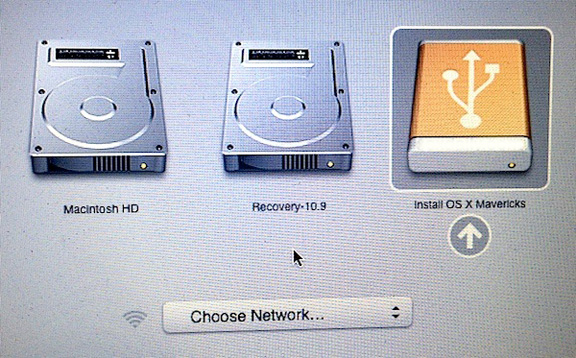
Step 5 : Open Disk Utility and specify HDD which you want to format. Click the Erase tab. From the Format drop-down menu, select Mac OS Extended (journal) and write the desired drive name.
Step 6 : Click the Erase button to start formatting the drive.
Check your system requirements
The following procedure includes a complete replacement of the contents of the hard disk of the client computer with a previous backup containing all the files. Scroll through the list of backups to find a backup that matches the exact time you want to restore. Start Now Restart the client computer. In all other cases, the correct partition is automatically selected and formatted. There are three ways to create a key.
The first method. The first method is the most difficult. Truth be told, nothing is particularly difficult, but you have to carefully dial a long command from the Terminal, a tool that may be intimidated by a less experienced person, as it is intended to system administrators and people familiar with the command line. Here's how to do it.
Step 7 : After the operation is completed, close the Disk Utility and select "Install Mac OS X" from the top menu.
Step 8 : Specify the drive and run the installation of OS X Mavericks.
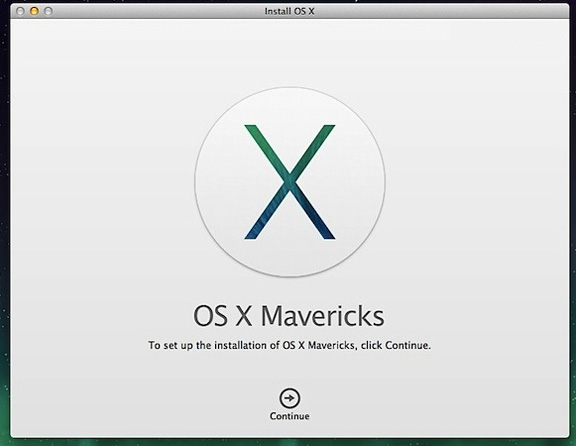
After a clean install of OS X Mavericks, you can transfer applications and other important files from Time Machine backup or use the OS from scratch.
Copy operations are terminated when “Copy Completed” appears in the terminal window, followed by the user's invitation. Please note that this may take a few minutes. At this stage, you can close the terminal window and extract the key created in this way.
Method 2, traditional. You can copy it to the “Applications” folder, but this is not necessary. Keep in mind that the selected disk will be completely removed, so pay special attention to what you are doing. You can specify "Sierra", but any name is fine. Obviously, it is useful to specify a name that allows you to identify the key when necessary.
The usual way to install the "apple" OS has long been an update through the Mac App Store, especially since OS X was distributed for free. Nevertheless, there are scenarios under which the “grandfather’s method” may be required. We will tell about one of such cases in this article.
Recently, the author had the following situation: the “vintage” MacBook Unibody, whose retro-review required cleaning the case and replacing the thermal paste. There was no time to carry out these operations with my own hands, but your humble servant already had experience of data loss during repairs. This time there was nothing particularly important on the disc, however, there was no increase in the desire to recover from it, and there wasn’t external storage with a large enough free partition for Time Machine. The solution came on its own: take the old hard drive that came with the laptop and install a fresh copy of the operating system on it so that the service center staff could check the device’s performance. How to do it?
You must wait for the file copy operation to complete. This may take a few minutes. So try to be patient and don’t worry if the operation seems to take so long. Here is how it works. If you want, you can copy it to the “Applications” folder, but this is not necessary. This needs to be said earlier with the help of other procedures: patiently wait for the copy and create phase, which may take several minutes. Go to the tab: Sections, go to the tab "List: tab tab" and select: 1 section.
- Run the application.
- Then go to the button: Initialization.
- Let's go to the Good, and then: Apply.
A warning.
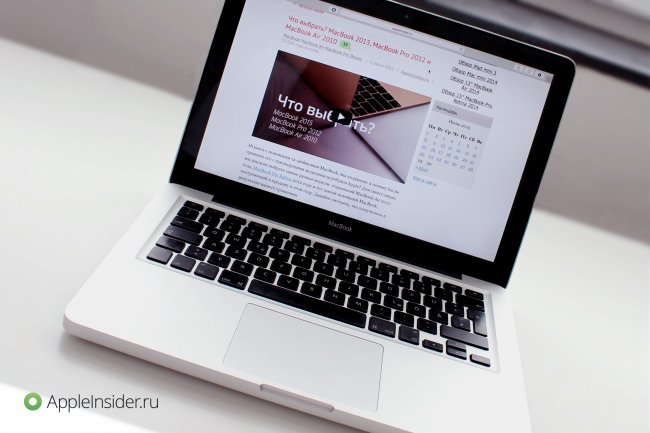
So, first we need the OS X installation file. The easiest way is to download it from the Mac App Store, by searching for it with the help of search or, if you have already updated the OS, in the “Shopping” section.
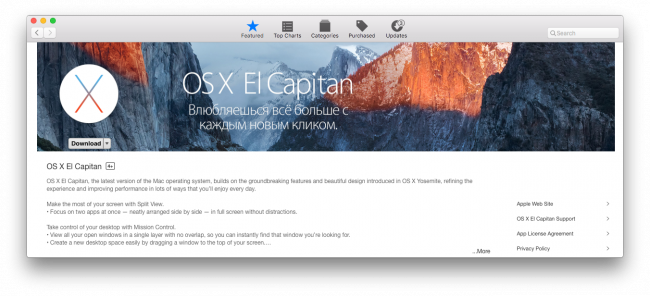
Removing and formatting a flash drive
Do this, or if you have already put your most important data safe. Once you delete everything, you cannot retrieve the deleted data. 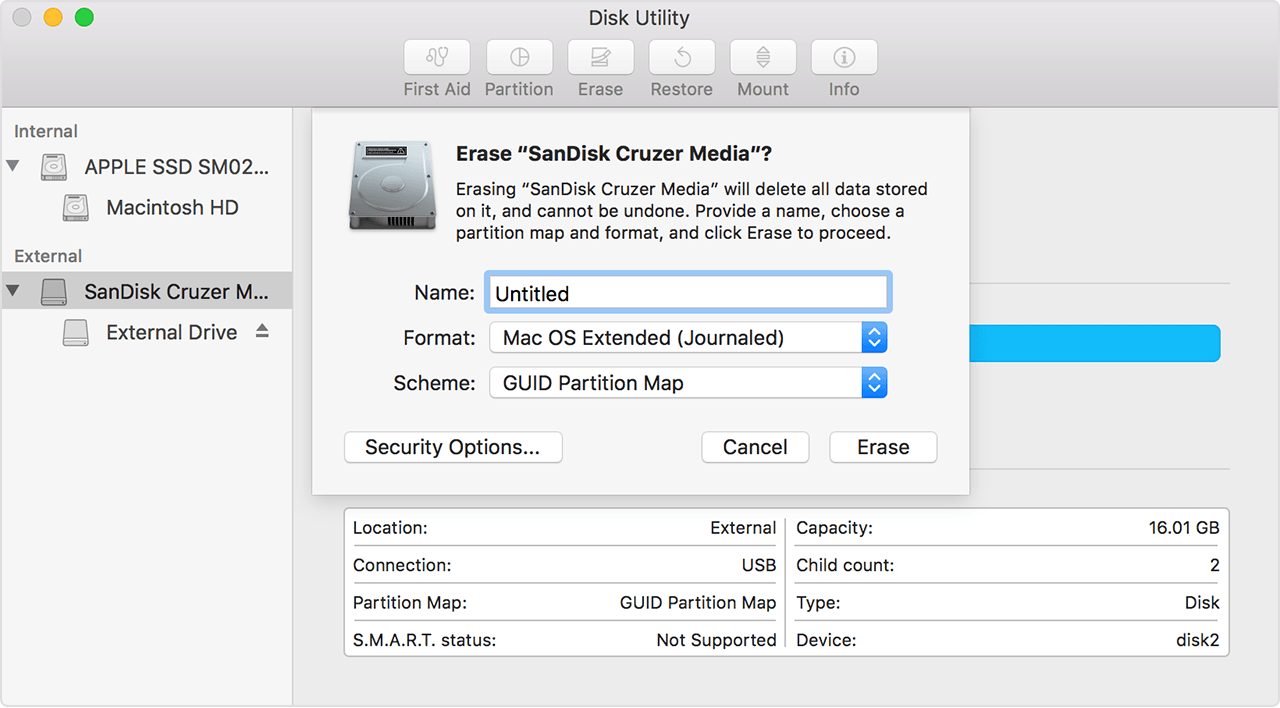
And format. . After downloading, the installation wizard runs itself, and you are in the new system in half an hour. Of course, you will not exit your files, and you will even start running all the windows that you started in the old version.
Most of you have probably already moved the new system. But if you do not do this, or if you have problems with the new version, you will definitely get a clean installation. But how to make a clean installation? And only in today's tutorial, we will show you how to do it. First we will load the system from this link.
The next step you can do at boot time is to prepare the drive. For installation, I used a removable flash disk with a capacity of 32 GB, formatted in file system Mac OS Extended (Journaled) and named very simply: ElCapitan. Of course, smaller carriers are also suitable (the minimum required capacity is 8 GB).
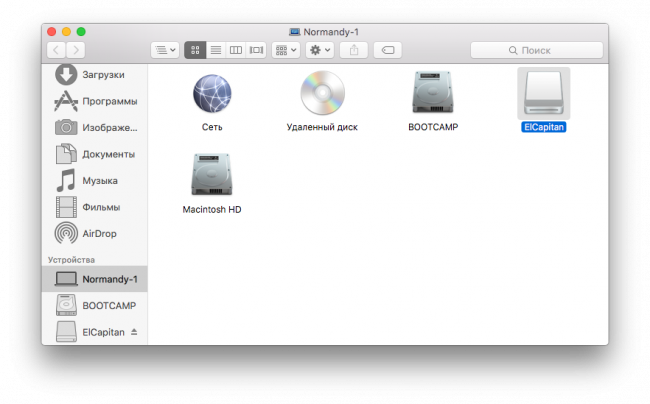
Second way
The second way is to make the user more comfortable, because there is no need to work with the terminal. You will be informed about the progress in the notification in the upper right corner, and after it is completed, a table will open where you can contribute or close it.
Whether you use the first or second method, the procedure remains the same. This completely erases it, so you need to have important data, backup copies of which are stored on external drive . Another option is to split the disk here and install the new system on the second partition. This leaves you data and when new system will be expanded, you can drag it from one section to another.
And now the fun begins. Go to the program "Terminal", located by default in the "Utilities" folder, and enter the following command, where the name of the media should be taken into account (do not forget that the system will ask for the administrator password, which will not be displayed when entering).
sudo / Applications / Install \ OS \ X \ El \ Capitan.app/Contents/Resources/createinstallmedia —volume / Volumes / ElCapitan —applicationpath / Applications / Install \ OS \ X \ El \ Capitan.app —nointeraction
After formatting or splitting the disk utility, close the disk and then continue the installation, which will help you. Setting for each motherboard different, so let me say a few things that need to be customized. After inserting, press the ⌘ space and enter "disk utility" and run it.
Click "Split" and select "1 partition." We will summarize what we clicked and give "Continue and install." We will return as a default language to the Czech language. For information only. Czech is somewhere in the half menu. In the next steps, we need to remove and format the target disk on which the system will be installed. Therefore, as soon as we continue to choose a language, select “Tools” and “ Disk utility "In the top bar.

After confirmation, the media will start to clean up and create boot disk from the previously downloaded file (of course, the file itself must be located in the folder ""). When the process is complete, the word “Done” will appear in the Terminal window. Do not forget that the speed of the procedure depends on the characteristics of your drive.
When the operation is completed, we close the utility on disk. We will jump a little further, in accordance with the license agreement, which we confirm and go to the window where the installer asks us where to install the system, and we choose the disk that we removed. After installation, the system will reboot.
Check system requirements
We will again confirm the license terms and create your account . We select the time zone where you can enter "Prague" in the field. But the most important thing is waiting for us. Go to the “Processes after installation” section. In other cases, the correct partition is selected and formatted automatically. Useful information can also be found in these resources.
Make sure the memory device is properly formatted.
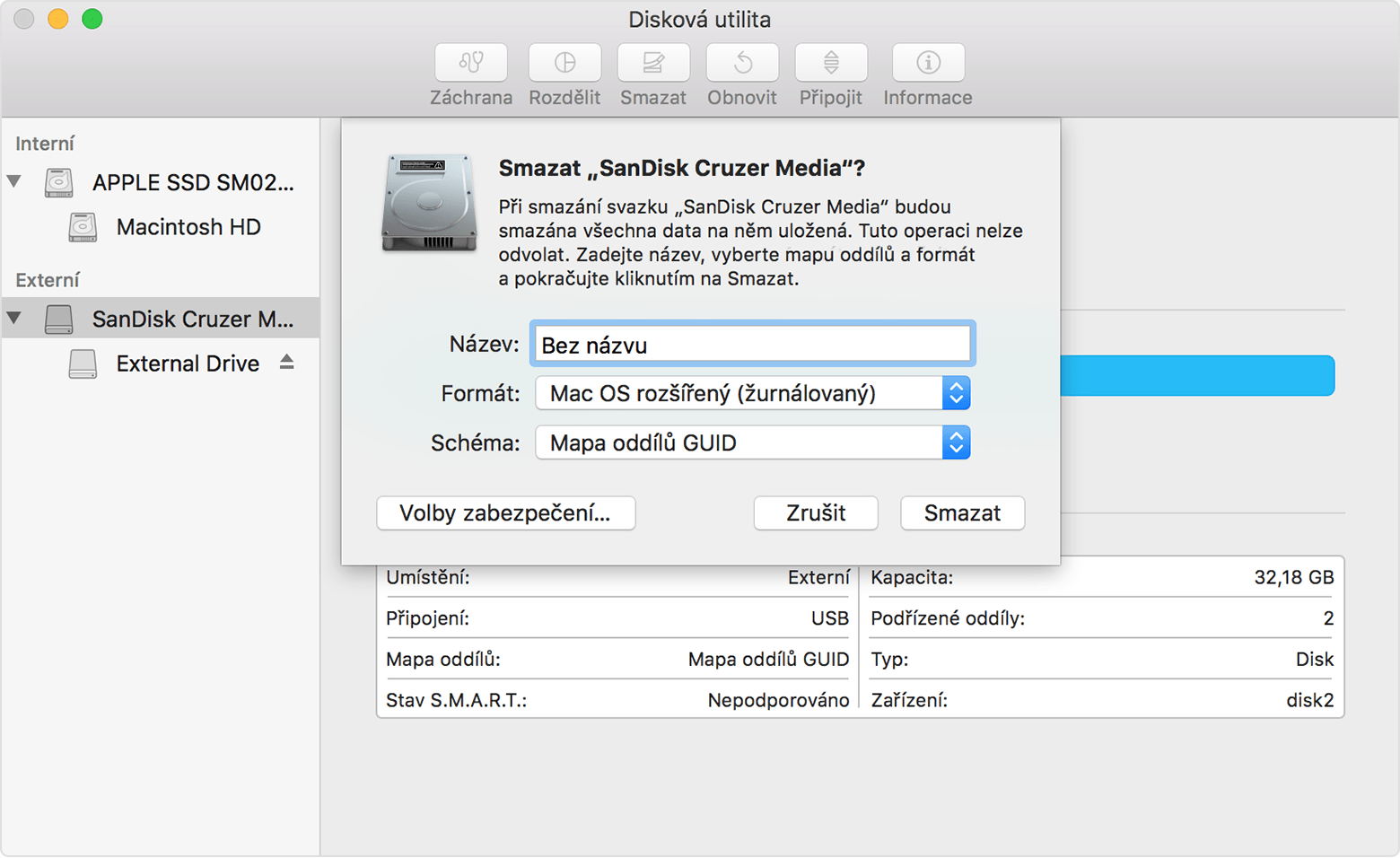
Select the boot disk to start the computer.
Using the boot disk settings
Internet risks are inherently related.
The last action - loading from the received disk - is performed by holding the key when the computer is turned on. Further it will be offered to choose a boot volume where we specify our disk and click, after which the usual installation of the system starts. Of course, if you already have OS X on your Mac, you can launch the installer with a simple mouse click. If necessary, it is recommended to create a backup using Time Machine.
This advanced procedure is intended primarily for system administrators and other users. command line . If it opens automatically after loading, close it. . Here is the command syntax. We decided to dedicate this topic to the whole article to help you solve this problem. Even less experienced users can do this.
How about the whole process that you need?
You can use this procedure not only for public beta versions, but also for future versions. Before installation, make sure that your portable media is completely empty - there is no data that you want to find. Go to the "Contents" folder and then to "Resources."
We hope this advice will save you from a long search in the vast web. Successful installation!
Editing the site is not responsible for the safety of user data during installation or re-install software.
Materials used osxdaily
How to do it?But how to make a clean installation?
How about the whole process that you need?



